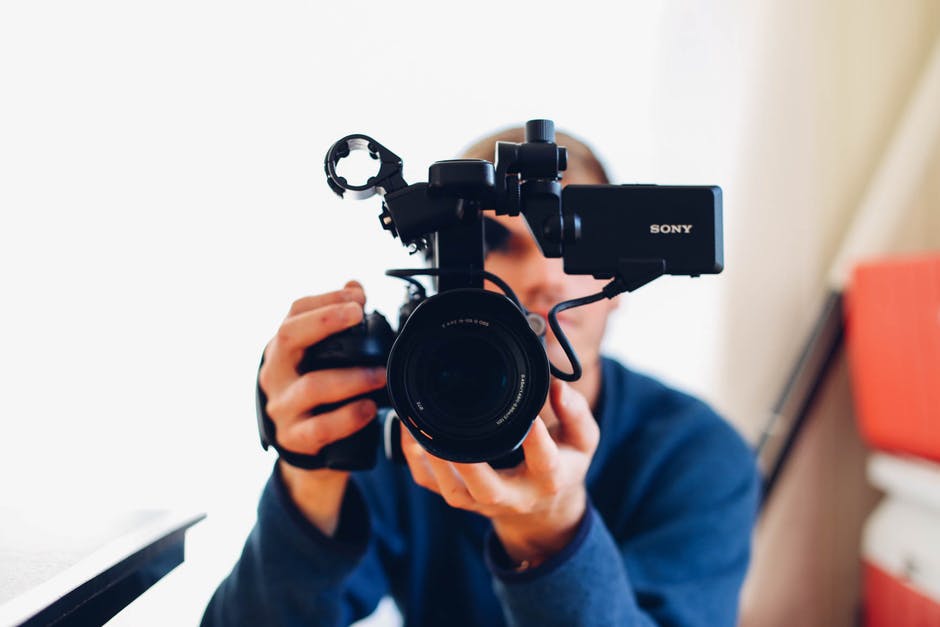By now, we’re all probably aware of the extreme results video content can produce. Including video content in an email leads to a 200-300% increase in click-through rate, including a video on a landing page can lead to an 80% increase in conversion rate, after watching a video 64% of users are more likely to buy a product online (Hubspot). I mean, with one trip to the search engines, you can turn up a plethora of positive video content statistics – seriously, I just did it and found all of these:
- A video is worth 1.8 million words (Video Brewery)
- 65% of humans are visual learners (Forbes)
- 51.9% of marketing professionals worldwide name video as the type of content with the best ROI. (Digital Marketing Blog)
- Using the word “video” in an email subject line boosts open rates by 19%, click-through rates by 65% and reduces unsubscribes by 26%. (Hubspot)
- Visual content is more than 40X more likely to get shared on social media than other types of content. (Hubspot)
It should also not come as a surprise that testimonials can have serious positive results:
- 92% of consumers around the world say they trust earned media (like testimonials) above all other forms of advertising. (Spectoos)
- 90% of respondents who recalled reading online reviews claimed that positive online reviews influenced buying decisions (Shooting Business)
- Customer testimonials and case studies are considered the most effective content marketing tactics, identified by 89% and 88%, respectively, of B2B marketers. (2013 B2B Content Marketing Trends Report)
Combining these two things can lead to colossal wins for you and your company. The problem is that you’ve never actually shot a video testimonial before. Luckily, Mindscape has you covered.
In this blog post, you’ll learn how to prep for a video testimonial, because like most marketing strategies, creating highly-effective video testimonials starts with prep work. Take a look.
1. Create a survey, send it out, analyze the results
There is a reason you want to create a video testimonial. Maybe a product isn’t selling as well as it should be. Maybe you received a bad review or two. Or maybe you are trying to increase brand credibility. Whatever your reason, you don’t want to start the process of creating a video without having some idea of what your customers currently think about your product/s or service/s.
This is why before you even think about shooting a video testimonial, you should create a survey, send it out, and analyze the results. Doing this will provide you with three things:
- A list of current customer pain points to address
- A list of strengths to highlight
- A list of possible interviewees
These results will give you an idea of the direction the testimonial should go in, as well as provide you with a few potential customers who might be interested in taking part in your video.

2. Reach out to potential interviewees
Once you have received responses to your survey, you should select a few candidates that you think would be open to being interviewed about your product or service. I think it goes without saying that your candidates should be individuals who had a positive experience with your company. Beyond that, you should consider:
- The individual’s expected camera presence (you want to choose someone who will be expressive, personable, and easy going).
- The geographic location of the individual (they should be close enough to travel to easily).
- The individual’s status in their industry (you want to choose someone others look to as a credible source of information).
You should make your intentions about the interview clear, explaining what will be expected of the individual and how the material will be used. You may even want to create a contract outlining how you will be using the footage and acknowledging the interviewees’ acceptance.

3. Create a list of questions to ask your interviewee
Question creation is one of the most important aspects of a video testimonial because the footage you obtain will largely depend on the questions you ask. You can always edit out unfavorable parts of the interview, but you can’t make content magically appear.
Your questions should lead your interviewee in a specific direction. Is there anything in particular you wish to be highlighted in the video? Are there certain points you want to touch on? Well, then your questions better send your interviewee in the right direction.
It can often be helpful to have an extra person on hand to guide the interviewee towards specific lines of thinking. That way, one person can manage the camera and any additional equipment, while the other focuses on the information being received and puts the interviewee at ease.
4. Scout out your location
Location can make or break your video entirely, so it is incredibly important to plan ahead. If your interviewee agrees to come to you, you will have plenty of time to pick a location that is fitting for the testimonial, but if you are traveling to them (as is often the norm) you should see if there is a time when you can see the space you will be shooting in.
Here are the things you will want to consider:
- Sound: Before you start shooting, you should always ask yourself what kind of background noise exists in the area. Things like the hum of a heater or the murmuring of nearby workers can be distracting to viewers of your video. Nearby train tracks or airports can cause interruptions during great shots and lead to frustrating re-shoots. High ceilings in relatively empty rooms can result in odd echoes. These are just a few examples of why sound needs to be considered.
- Through Traffic: Is there a constant stream of people walking through your shooting location? Is it likely that you will be interrupted during your shoot? If the answer to either of these questions is yes, you should see if there is another viable location for the interview nearby.
- Lighting: Take into account the natural lighting of your location. Is it too harsh? Too dull? Do you have the ability to change the lighting of the area? Can you close or open curtains? Is there artificial lighting you can use? Asking all of these questions when you are scouting your location will allow you to plan accordingly when you actually shoot.A too dark or too light shot can be annoying to viewers and lower the perceived quality of your video. Regardless of how great your interviewee is saying you are, if people perceive your video as low quality, they might also perceive your company as low quality.
What’s Next for Your Video Testimonial?
Well, it is time to shoot of course! Stay tuned for part two of Creating the Perfect Video Testimonial: Shooting. We’ll be taking an in-depth look at the actual process of filming a video testimonial. In the mean time, check out our content calendar below. Between video, social, blog, and general website content, getting organized is an absolute must!





